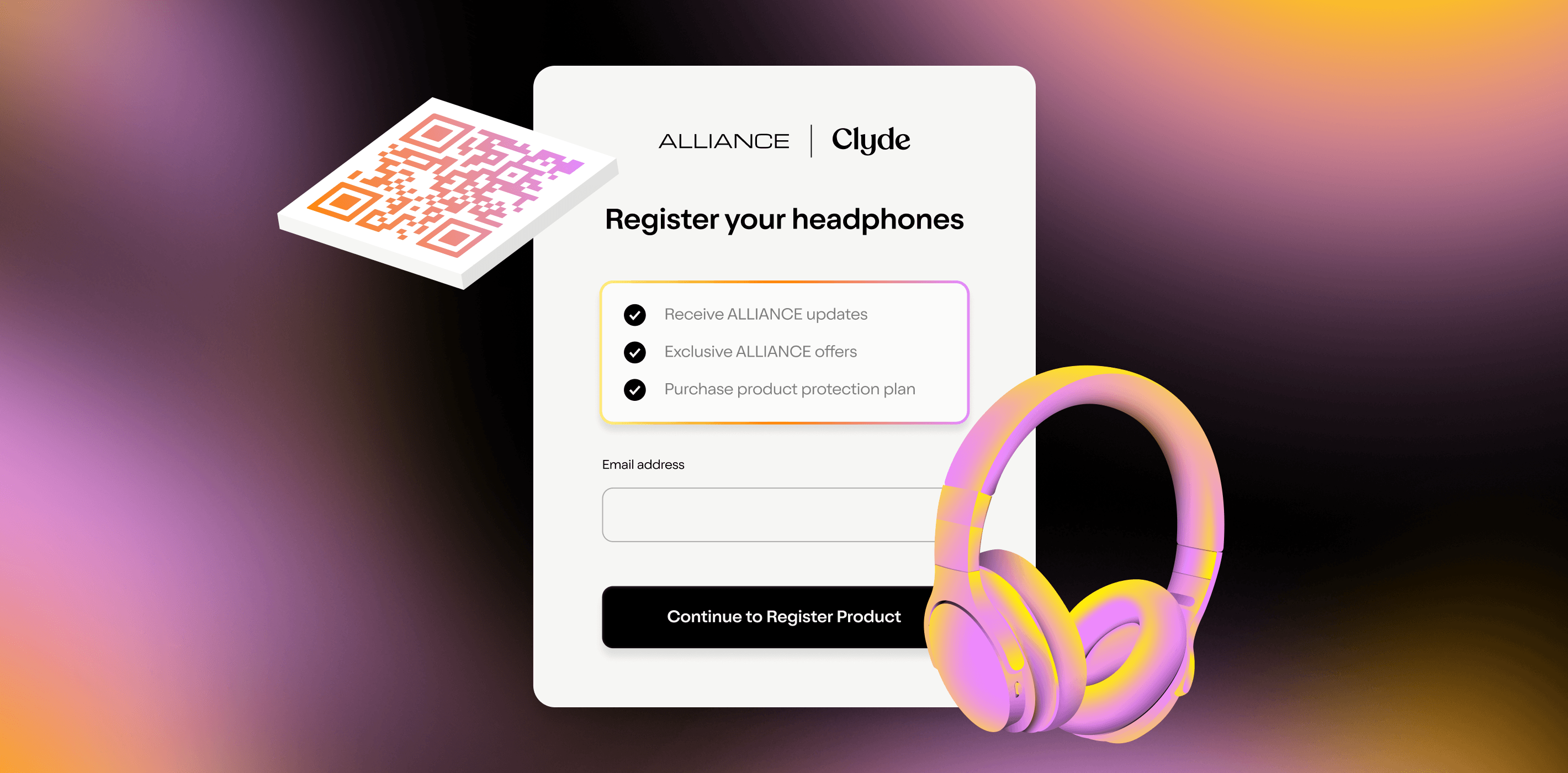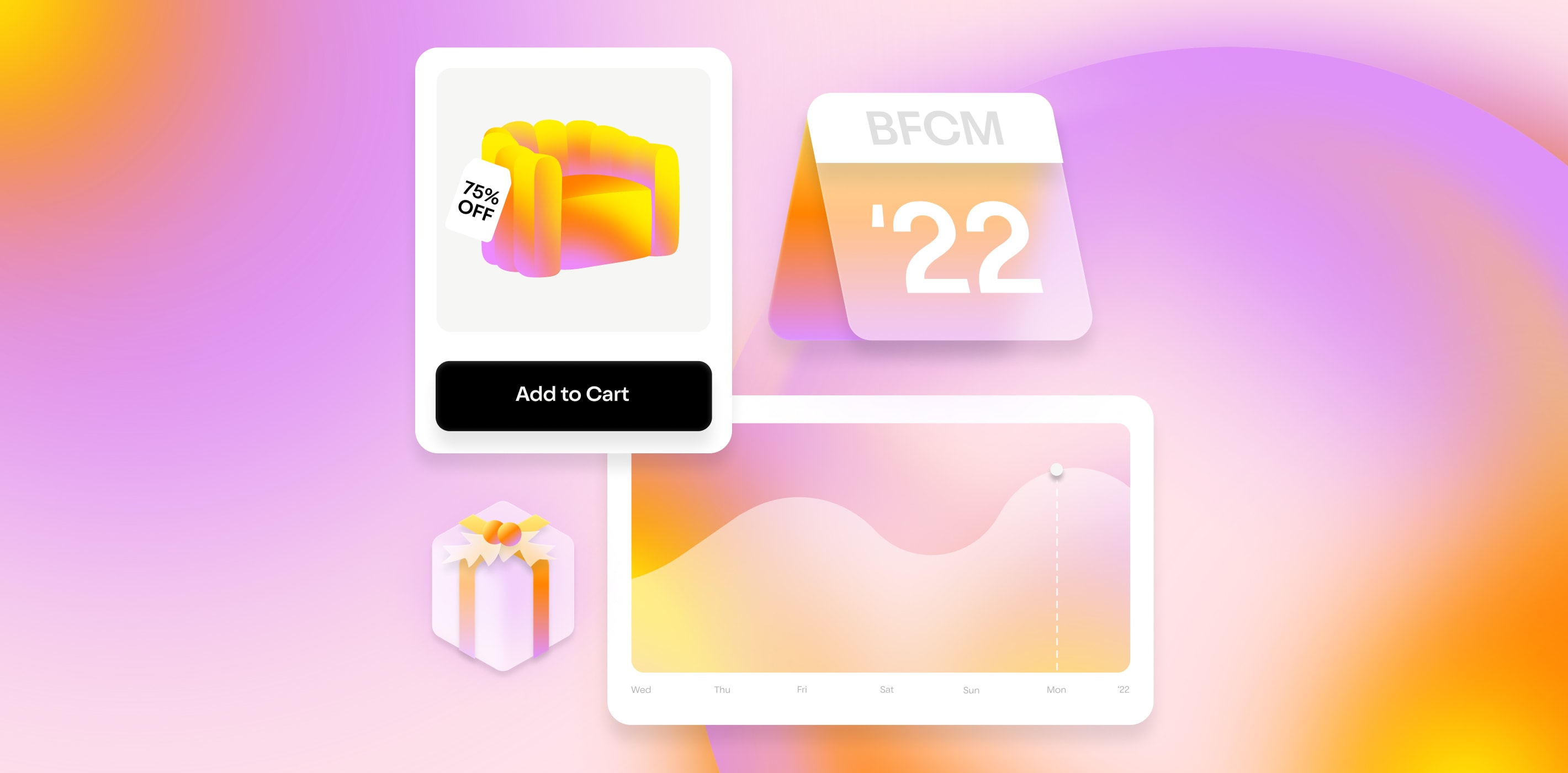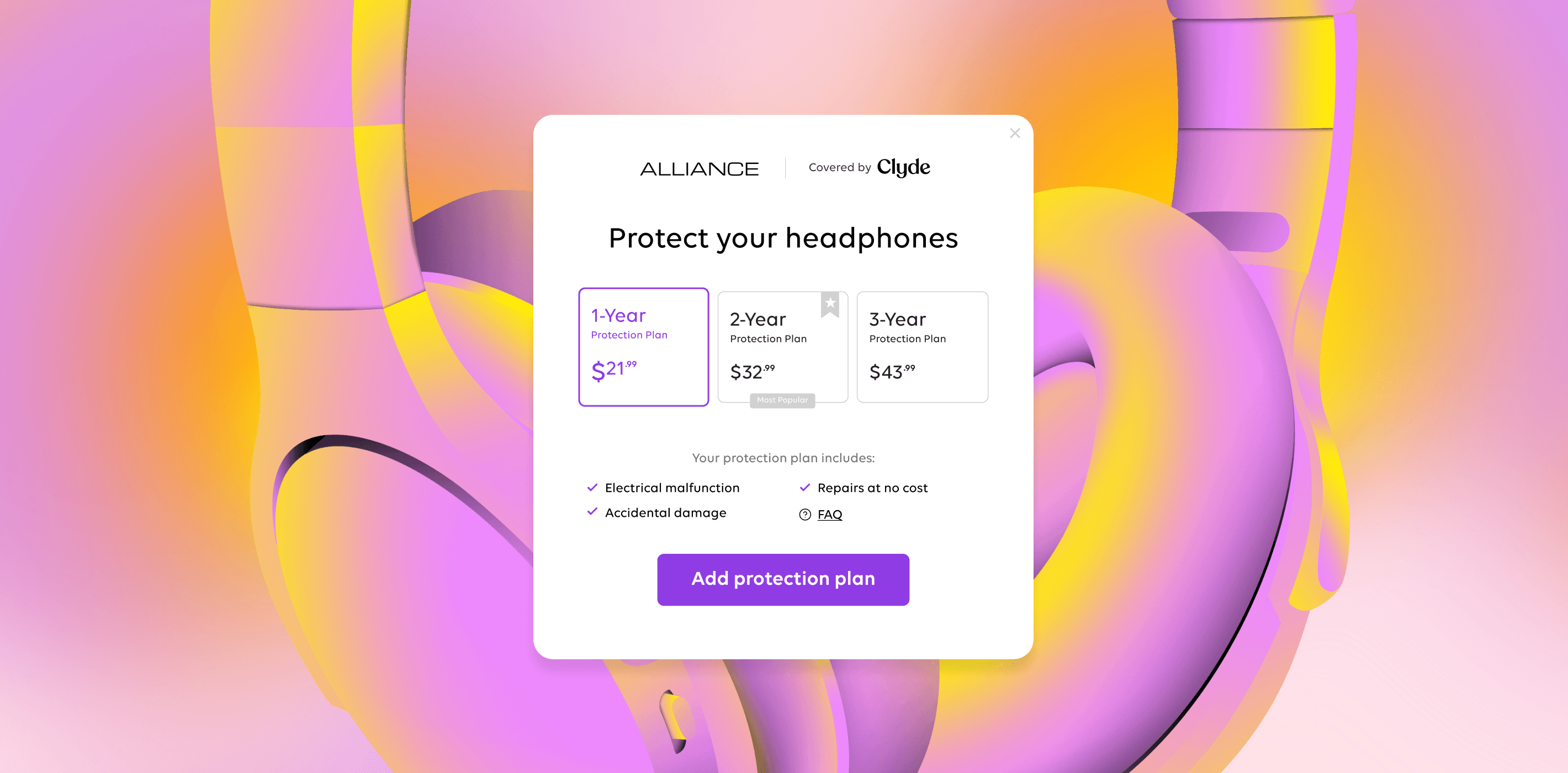While the COVID-19 pandemic continues to unfold globally, companies are navigating uncharted territory as physical stores close (and re-open), supply chains are disrupted, and consumer behaviors are continuously evolving. It has become an era of reckoning for e-commerce businesses that has been made apparent by polarizing impacts across industries — some companies are thriving, while the damage to others is irreversible. With millions of people hunkered down in their homes, the end-to-end, digital-first customer experience has never been more in the spotlight than it is now. What has distinguished the more ‘successful’ companies (thus far) in reaching customers is an unwavering focus on adapting multiple channels across the entire marketing funnel. Although the post-COVID shopping experience is yet to be determined, the proverbial “digital best practices” in retention strategy and conversion rate optimization still apply (and matter more). Companies can continue to improve onsite conversion rates by: (1) leveraging email segmentation capabilities while monitoring ongoing deliverability, (2) communicating clear expectations and surfacing relevant information, and (3) making checkout as seamless as possible.
Segment email audiences and monitor ongoing deliverability
Email continues to be a core revenue-driving channel, so leveraging segmentation capabilities while monitoring deliverability can drive valuable traffic to any e-commerce business. Email send volume has increased weekly at roughly 20% since mid-March (vs. pre-COVID benchmarks), and open and click-through rates are growing. Furthermore, most customers are at home and in front of computer screens for longer portions of the day. The increased engagement, even if temporary, means opportunities for audience-specific messaging and more emphasis on healthy deliverability metrics.
With larger than before email audiences regularly checking inboxes, companies have a chance to leverage personalized messaging to segmented audiences. How manual this process is depends on the existing technology stack and data infrastructure, but even demographic or transactional data points in basic setups can help drive traffic and increase conversions.
At the same time, the increased frequency and volume of emails means deliverability is paramount. Maintaining a healthy email program is crucial when nearly all companies are relying on email as a core, revenue-driving channel. The rapid growth in email sends has driven many brands’ emails to end up in spam folders. Companies cannot engage with customers who never received an email in their inbox. If email is the primary communication channel between brands and customers (which for many is the case), brands miss the chance to communicate with an engaged audience. This is even more costly when many of those customers are previous purchasers, and are potentially more likely to convert than other acquisition traffic.
Communicate clear expectations and surface relevant information
The widespread impact of social distancing on day-to-day living has primed customers to expect changes and disruptions, which in turn creates a unique shopping environment where product offerings, operations, and customer service may also change or be disrupted. Clear and consistent communication is table stakes to confident purchase decisions and promotes a more positive customer experience all around. Surfacing timely information that is relevant to a customer’s experience reinforces brand credibility and increases confidence further down the funnel. Customers may not be pleased with shipping delays, but making a purchase only to wonder why products have not arrived weeks later is a more detrimental customer experience. Moreover, it is uncertain how long business operations will be significantly impacted, so being diligent about regular maintenance is required for the foreseeable future.
This applies beyond operational impacts — with larger digital audiences comes opportunities to provide a more personalized shopping experience. Companies can merchandise landing pages in various ways and tailor the content based on paid and organic traffic sources, technology and resources permitting. Surfacing relevant products and content helps to reduce friction while browsing and consequently increases conversion rates. Even so, this is much easier said than done. In reality, how personalized the experience can be (by audience, traffic source, browsing behavior, or other attributes) is a function of the platforms and tools in place and how feasible it is to make iterative changes against data that may go stale quickly. It may not be possible to create multiple web experiences for many customer segments, but even small tweaks can make a marked impact if one or two behavioral distinctions are identified.
Finding the most effective information or content to show is a challenge, but looking to data can help to identify important trends or issues. Onsite browsing behavior such as increased visits to the FAQ page may point to information gaps, for example. Or, perhaps a spike in particular customer service tickets revealed inconsistencies in shipping communication. In any case, finding suitable proxies in the absence of complete data can certainly jumpstart the process.
Make checkout as seamless as possible
Improving the checkout experience is a never ending quest for any e-commerce business, so it should come as no surprise that shifts in customer behavior merit potential shifts in the checkout flow. Simplifying the checkout process by reducing friction, distractions, or the number of steps required allow customers to get to the bottom of the funnel efficiently. Allowing guest checkouts reduces cart abandonment when customers are not required to create accounts prior to completing a purchase (they can be prompted to do so afterwards). Offering a variety of payment options in uncluttered forms makes for a more streamlined experience. Some companies are seeing pronounced differences in mobile versus web as it relates to both browsing and checkout, which may warrant additional adjustment to find what works best. In essence, a vast majority of customers are transacting online and to the extent that process is as user friendly as possible the better.
Customers who have made it to the checkout flow and have almost reached the bottom of the funnel are worth the time and effort especially because they are most likely to convert. Optimizing cart abandonment flows, whether through email or other retargeting channels, will have an outsized impact on driving customers to convert and may not require development resources for significant onsite changes. Though similar to personalized web experiences, not every bell and whistle is feasible (or necessary). Analyzing checkout behavior can aid in prioritizing the most pressing issues and determine the right course of action.
Looking ahead
These are certainly unique times, and investments in technology and data infrastructure that support rapid iteration, testing, and personalization are proving valuable. Even as companies look to reestablish a physical presence, many retailers expect online shopping trends to persist. A recent survey of retail leaders revealed that “68% expect [customers] to continue using e-commerce as their primary channel, even if more adopt curbside pick-up and virtual clienteling.” Consumers are simultaneously shaping and adapting to a new landscape of e-commerce and the acceptable ways of shopping across industries and categories. This has ushered in broader adoption of digital-first customer experiences and openness towards changing how customers engage across multiple channels, from email to website to chat to SMS. For marketers, assimilating requires continued focus on digital transformation and finding pockets of opportunity to reinforce customer relationships to build lasting customer loyalty in a truly digital age.
SIGN UP FOR OUR NEWSLETTER





























